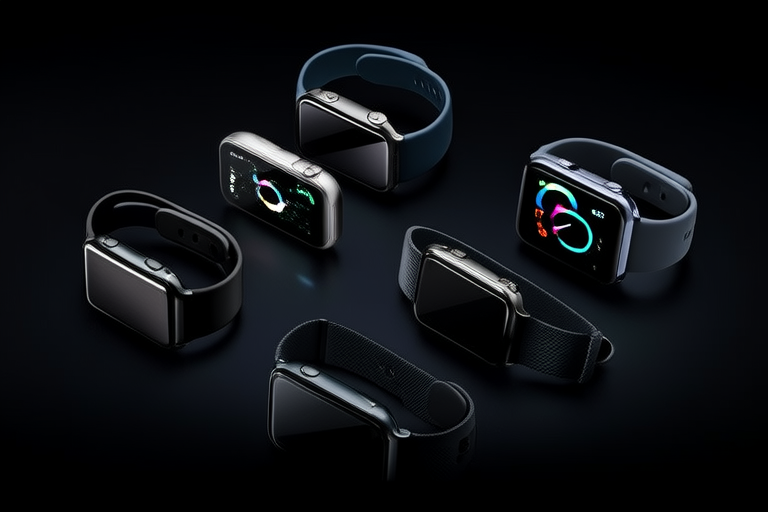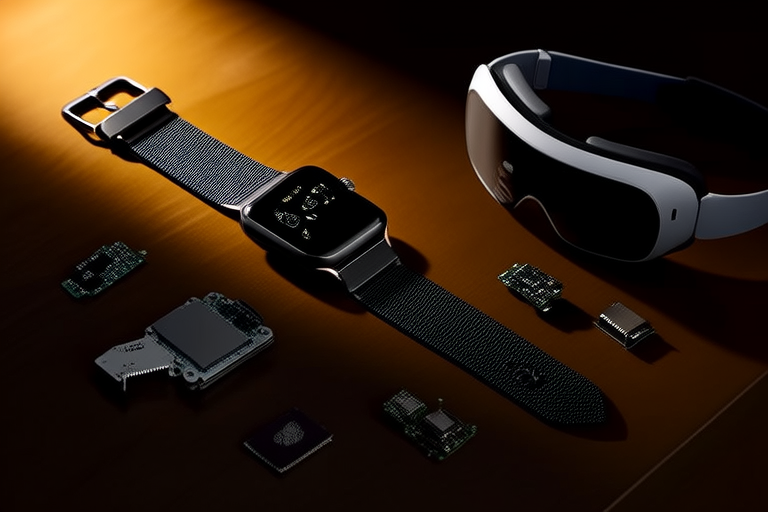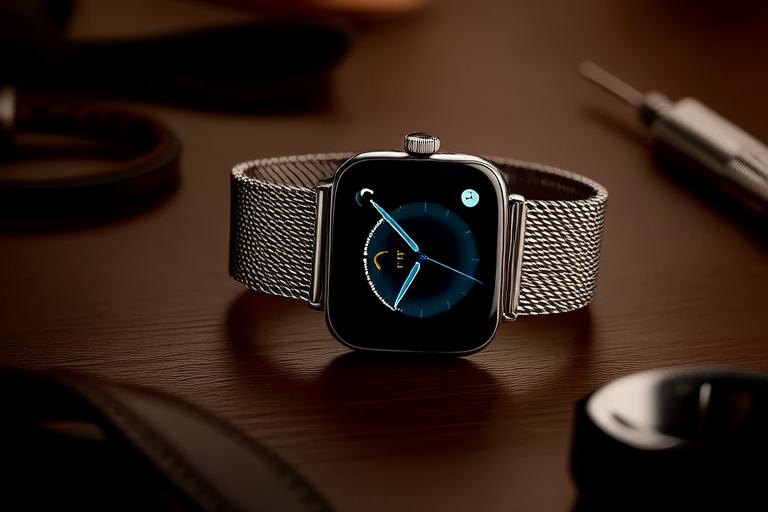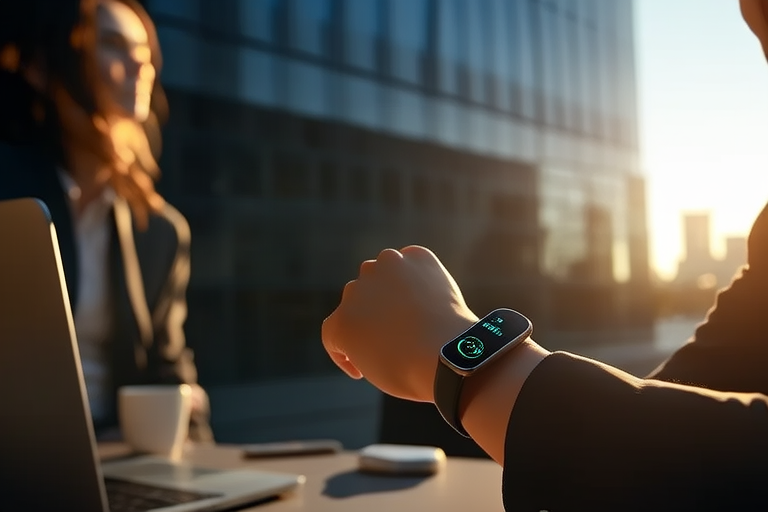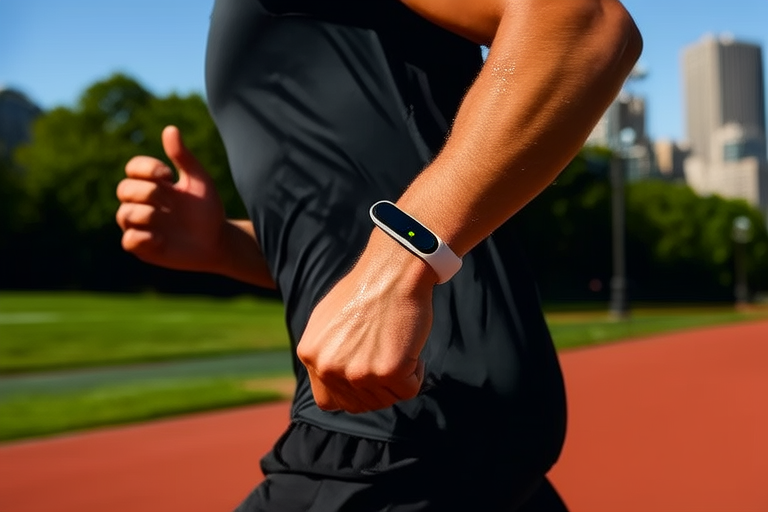From Smartwatches to Headbands: Exploring the Variety of Wearable Devices
Introduction
Wearable technology has become an integral part of our daily lives, seamlessly blending convenience with functionality. These devices, worn on the body, extend beyond simple gadgets to provide a wide array of services, from health monitoring to entertainment. The rapid growth and increasing popularity of wearable devices have transformed the way we interact with technology. From basic fitness trackers to sophisticated smart glasses, the diversity of wearable tech available today is astounding. This article delves into the various types of wearable devices, their applications, and the challenges they face, offering insights into the transformative impact of this technology on society.
Types of Wearable Devices
Smartwatches
Smartwatches have evolved significantly since their inception. Initially, they were simple timekeeping devices with basic fitness tracking capabilities. Today, advanced smartwatches like the Apple Watch and Samsung Galaxy Watch offer a plethora of features. They monitor heart rates, track sleep patterns, receive notifications, and even facilitate mobile payments. These devices are not just tools for fitness enthusiasts; they cater to a broad audience, providing health insights and enhancing productivity.
Fitness Trackers
Fitness trackers play a crucial role in personal health and wellness. Basic models, such as those from Fitbit, track steps and calories burned. Advanced models incorporate GPS, swim tracking, and electrocardiogram (ECG) monitoring. These devices motivate users to stay active and help them track their progress over time. They are particularly useful for individuals aiming to improve their physical fitness and overall well-being.
Smart Glasses
Smart glasses represent a new frontier in wearable technology. These devices integrate augmented reality (AR) to enhance user experiences. Applications in gaming, education, and industry are already demonstrating the potential of smart glasses. For instance, Google Glass and Microsoft HoloLens enable users to interact with digital information in real-time, making tasks more efficient and engaging. As AR and virtual reality (VR) technologies advance, smart glasses are expected to play an increasingly significant role in various fields.
Wearable Health Monitors
Specialized wearable health monitors are revolutionizing healthcare. Continuous glucose monitors, ECG wearables, and blood pressure monitors provide real-time data, helping patients manage chronic conditions more effectively. Companies like Abbott and Dexcom are at the forefront of this innovation, offering solutions that improve patient outcomes and quality of life. These devices empower individuals to take control of their health, while also aiding healthcare providers in delivering personalized care.
Wearable Accessories
Wearable accessories extend beyond traditional watches and glasses. Smart jewelry, such as rings and bracelets, and clothing embedded with sensors are gaining traction. Headbands with brainwave sensors are also emerging, offering applications in stress management, meditation, and biofeedback. These devices provide unique insights into users’ mental and emotional states, promoting well-being and enhancing self-awareness.
Applications and Use Cases
Wearable devices find applications across various industries. In healthcare, they assist in remote patient monitoring and personalized medicine. Fitness enthusiasts use them to track their workouts and maintain healthy lifestyles. In entertainment, smart glasses and AR headsets offer immersive gaming experiences. Businesses leverage these devices for employee training and customer engagement. The potential for future innovations is vast, including enhanced productivity and improved accessibility.
Challenges and Considerations
While wearable technology offers numerous benefits, it also presents challenges. Privacy concerns and data security are paramount, especially when sensitive health information is involved. Battery life, comfort, and durability are critical factors influencing user experience. Cost, user interface design, and regulatory approval are additional hurdles that manufacturers must address to ensure widespread adoption. Despite these challenges, the potential benefits of wearable technology far outweigh the obstacles.
Conclusion
Wearable technology has come a long way, offering a diverse range of devices that cater to various needs. From smartwatches to headbands, these devices are transforming society by providing real-time data, enhancing productivity, and improving health outcomes. As the technology continues to evolve, the possibilities are endless. We encourage readers to explore the variety of wearable devices available and consider how they can benefit from these innovations. The future of wearable technology holds immense promise, and its impact on society will be profound.
